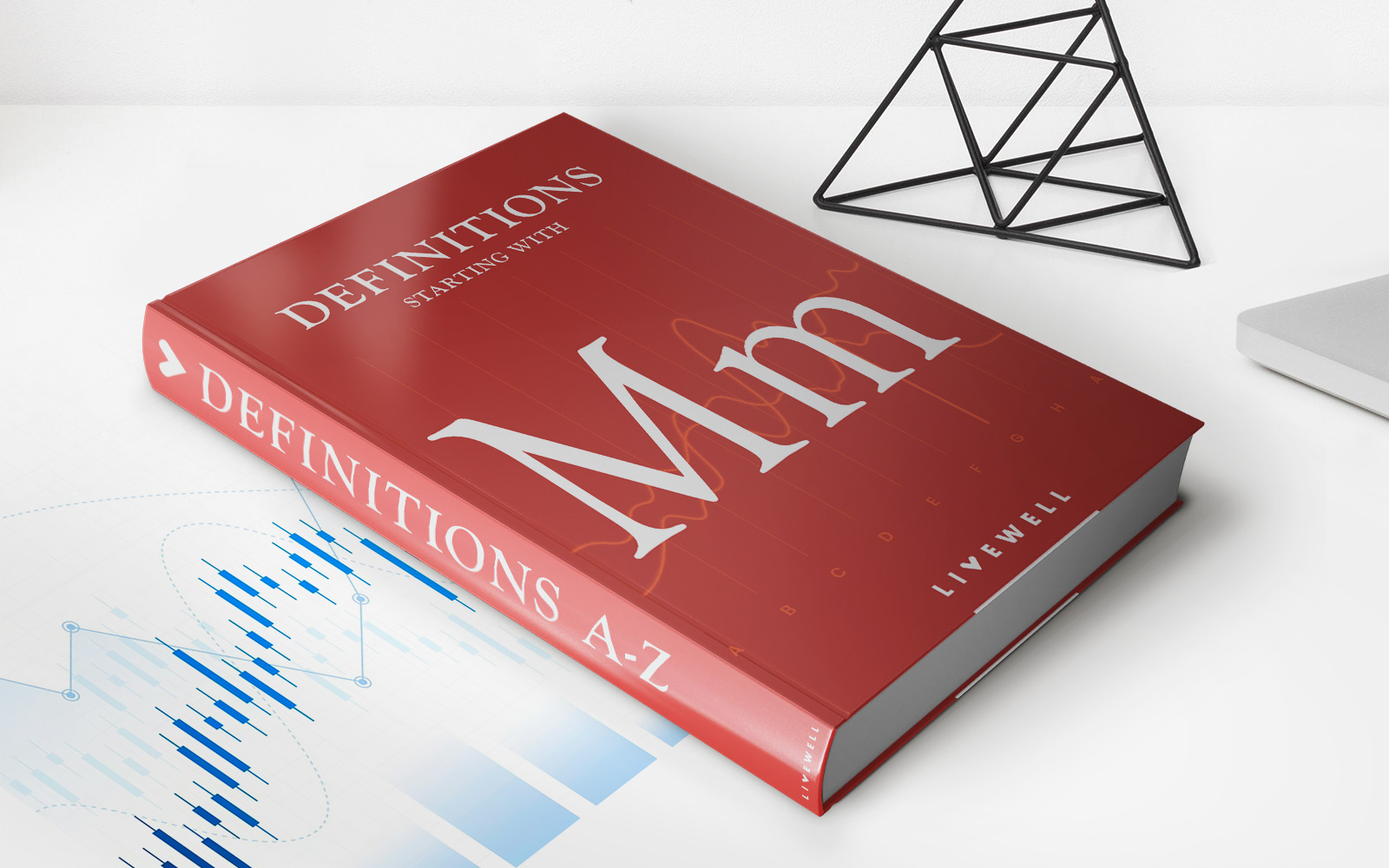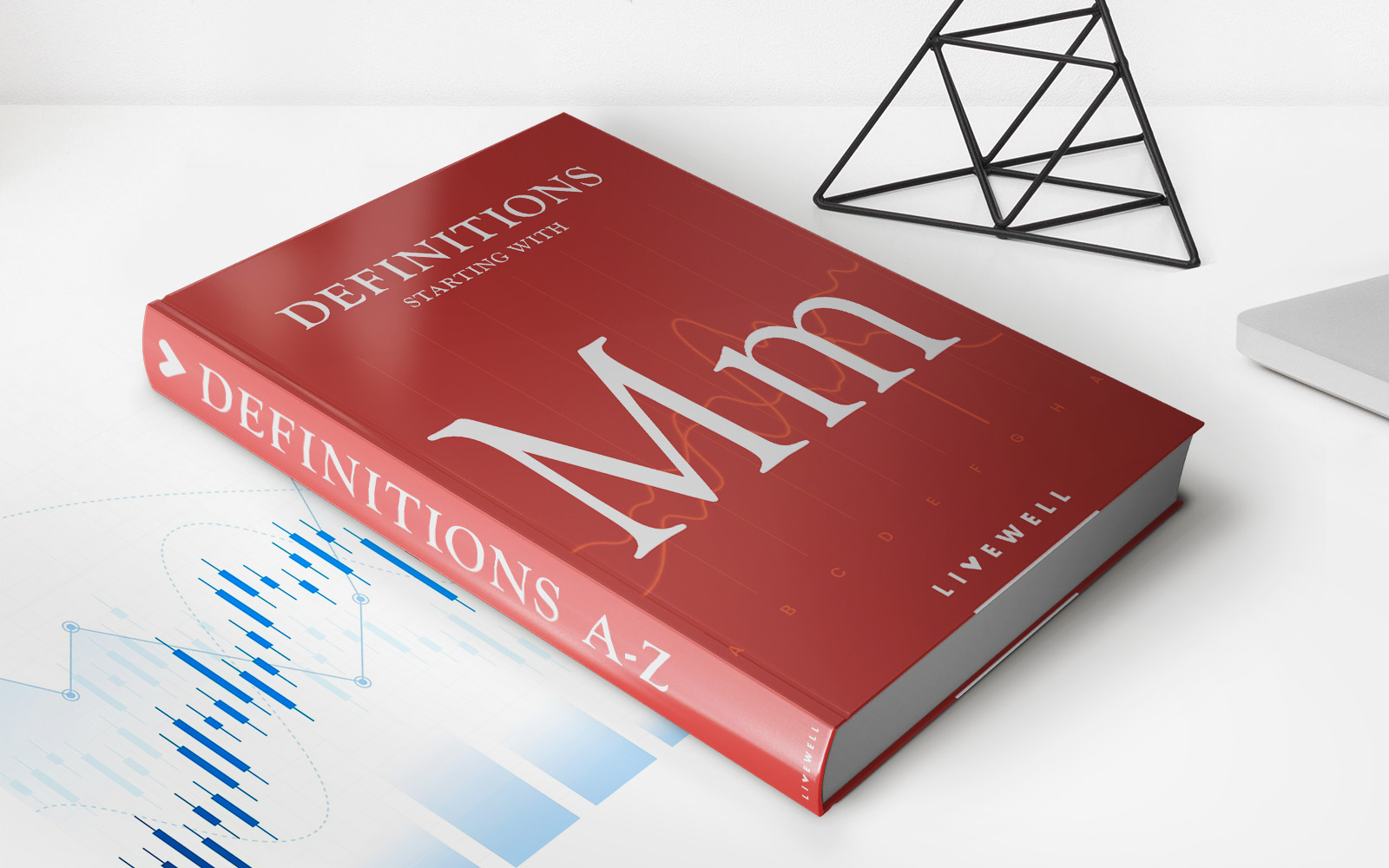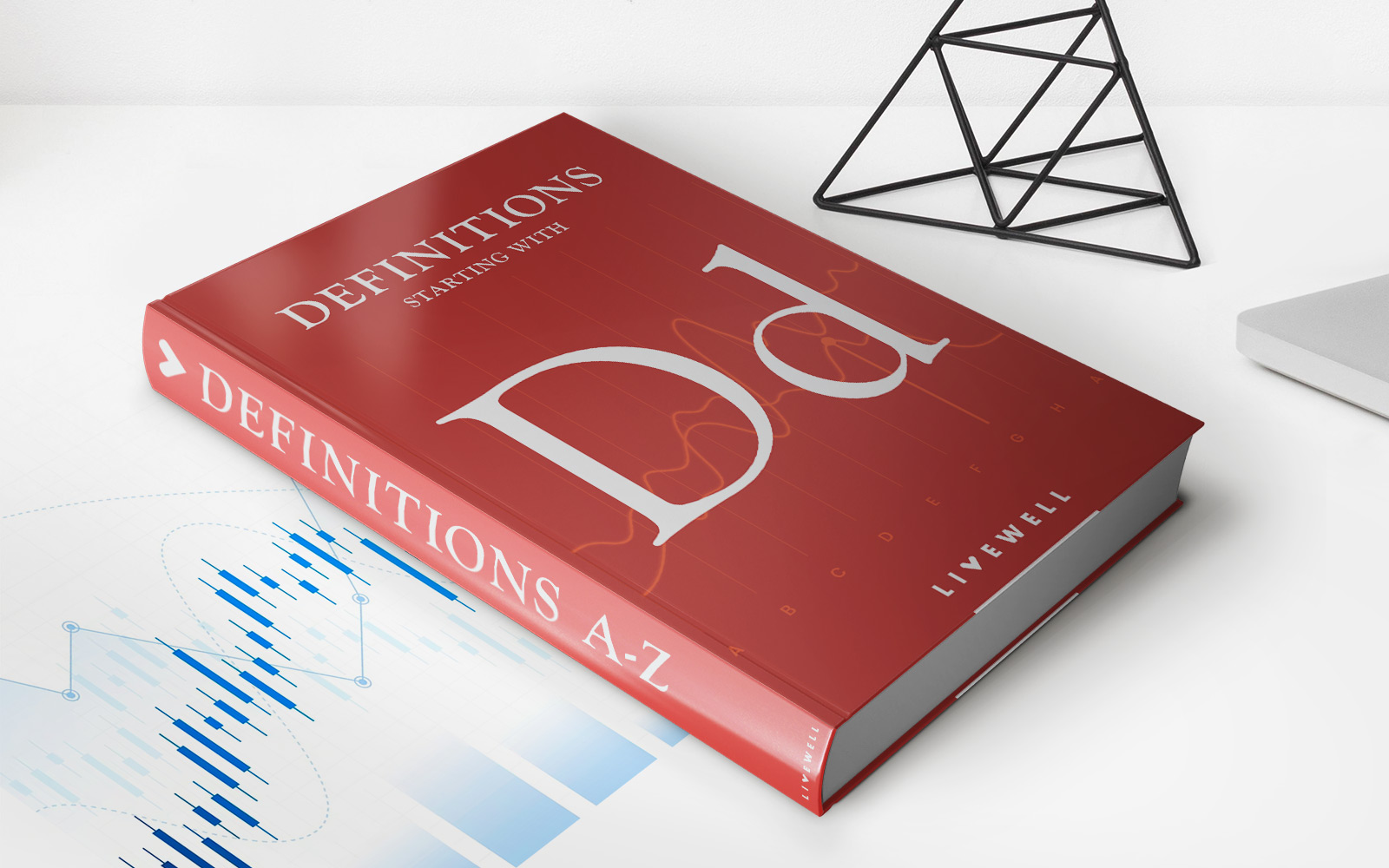Home>Finance>Middle Office Definition And Function In Financial Services Firms


Finance
Middle Office Definition And Function In Financial Services Firms
Published: December 25, 2023
Discover the role and importance of the middle office in finance. Learn how it supports financial services firms in managing risk, compliance, and trade operations.
(Many of the links in this article redirect to a specific reviewed product. Your purchase of these products through affiliate links helps to generate commission for LiveWell, at no extra cost. Learn more)
Decoding Middle Office: A Crucial Function in Financial Services Firms
When it comes to the inner workings of financial services firms, there are multiple departments that play a key role in ensuring smooth operations. One such department is the Middle Office. But what exactly is the Middle Office, and what functions does it serve within a financial services firm? In this blog post, we will walk you through the definition and function of the Middle Office.
Key Takeaways:
- The Middle Office is a crucial function within financial services firms that bridges the gap between the Front Office, which focuses on generating revenue, and the Back Office, which handles administrative tasks.
- It plays a vital role in risk management, trade support, and trade execution, ensuring efficient and compliant operations.
Defining the Middle Office:
The Middle Office can be best described as the backbone of financial services firms. It acts as the central hub responsible for supporting both the Front Office and the Back Office in their respective roles, while also ensuring that risk is effectively managed. This department is primarily focused on trade operations and risk control mechanisms.
Function and Responsibilities:
The Middle Office performs a wide range of functions that are essential to maintaining the overall operational efficiency of a financial services firm. Here are some key functions and responsibilities of the Middle Office:
- Trade Support: One of the primary roles of the Middle Office is to provide support to the Front Office in executing trades. This involves confirming trades, validating trade details, and ensuring that all necessary documentation and compliance requirements are met. By performing these tasks, the Middle Office helps to mitigate the risk of errors and trade discrepancies.
- Risk Management: The Middle Office is also responsible for monitoring and managing risks associated with trades and investments. This involves conducting risk assessments, analyzing market trends, and implementing risk control measures. By actively managing risks, the Middle Office helps to safeguard the firm’s assets and investments.
- Trade Execution and Settlement: Efficient trade execution and settlement are critical for financial services firms. The Middle Office plays a key role in ensuring smooth and timely trade settlement by coordinating with various parties involved, such as regulatory bodies, clearinghouses, and custodians. This helps to avoid any delays or disputes in the settlement process.
- Reporting and Analytics: Generating accurate and timely reports is another crucial function of the Middle Office. By analyzing trade data and market information, the Middle Office provides valuable insights to top management, enabling them to make informed decisions and devise effective strategies.
- Technology and Systems Support: The Middle Office relies heavily on advanced technology and systems to perform its functions efficiently. It is responsible for implementing and maintaining trade management systems, risk management software, and other tools necessary to support trade operations.
The Middle Office acts as a vital link between the revenue-generating activities of the Front Office and the administrative tasks of the Back Office. By ensuring smooth trade operations, efficient risk management, and accurate reporting, the Middle Office plays a crucial role in driving the success of financial services firms.
In conclusion, the Middle Office is an integral part of any financial services firm, acting as the bridge between revenue generation and administrative tasks. Its functions encompass trade support, risk management, trade execution, reporting, and systems support. By understanding the definition and function of the Middle Office, financial professionals can gain a deeper insight into the operations of their firms and the vital role this department plays in ensuring success.














